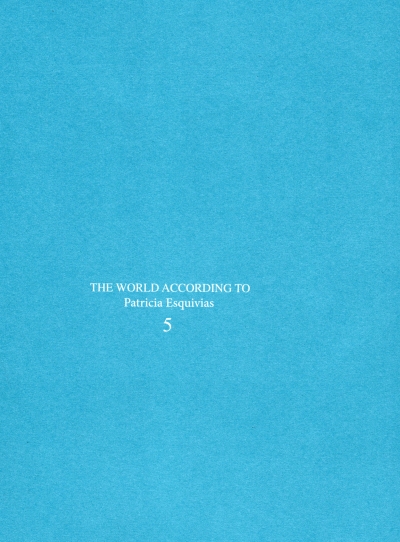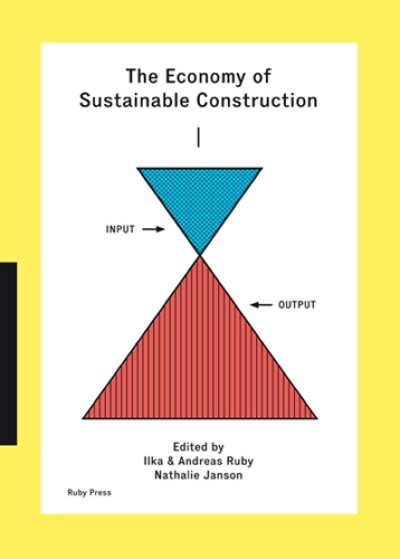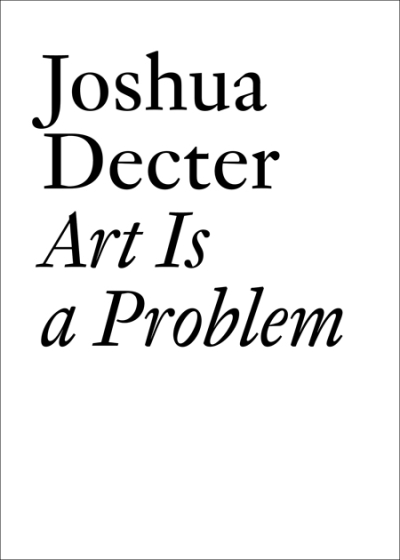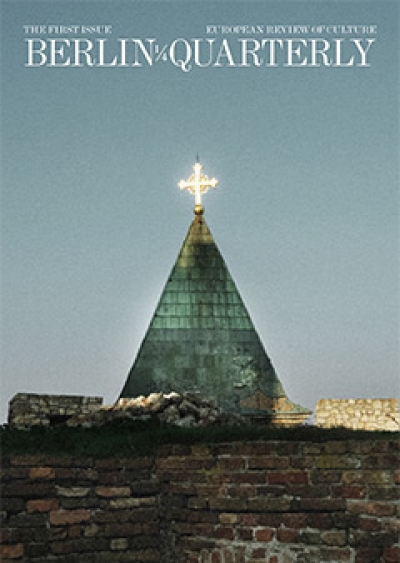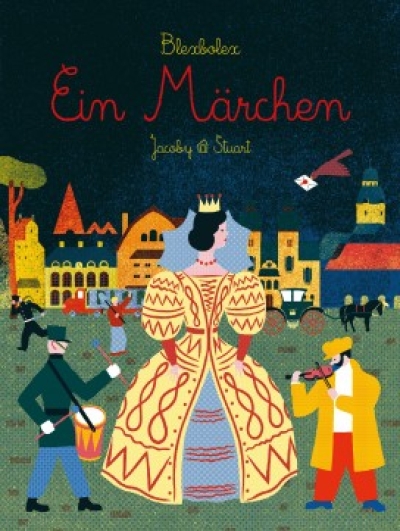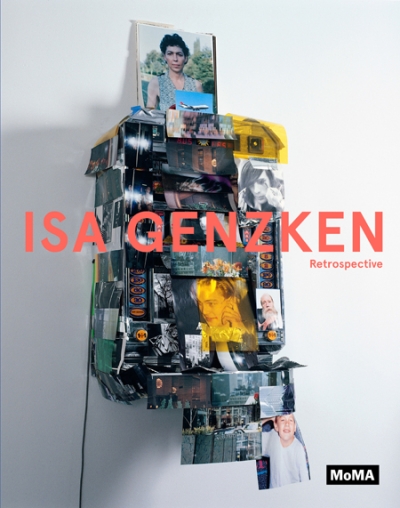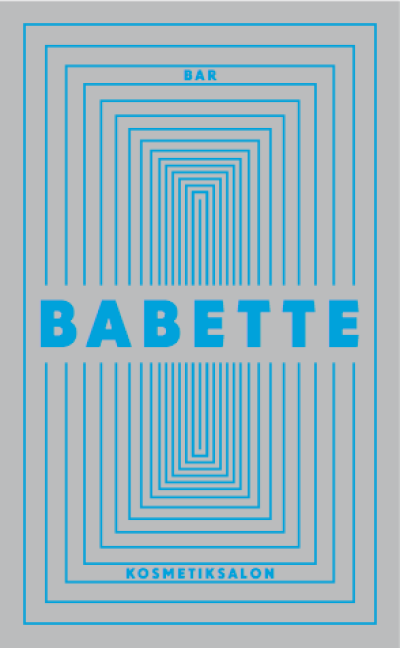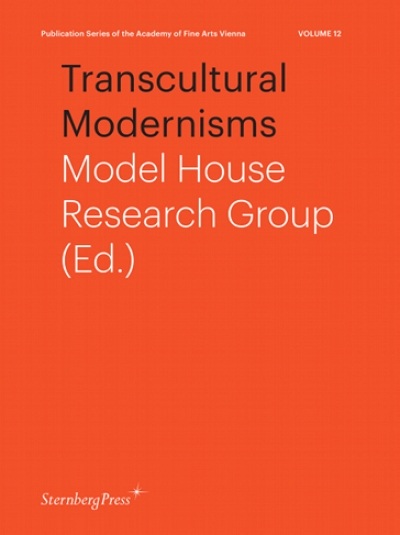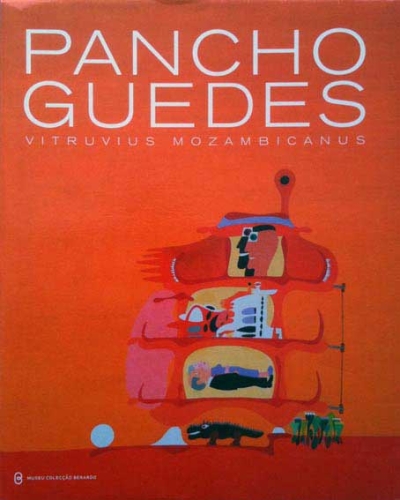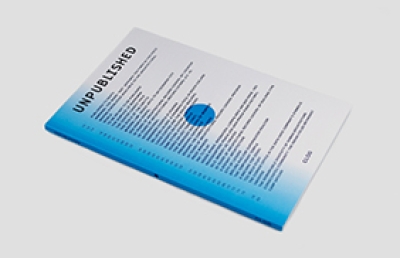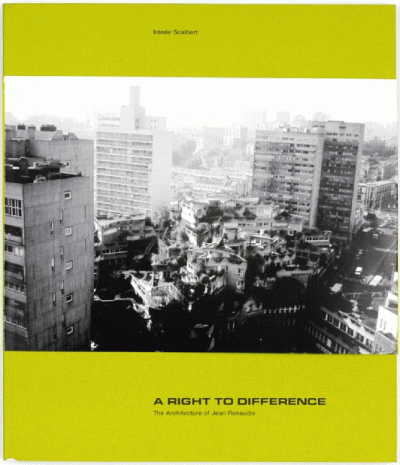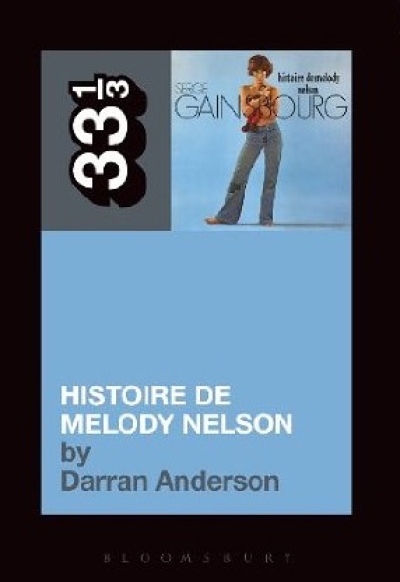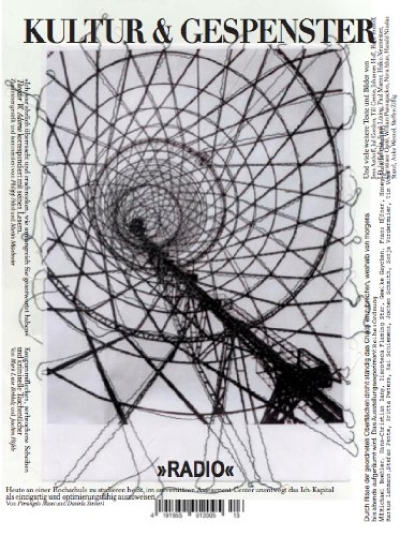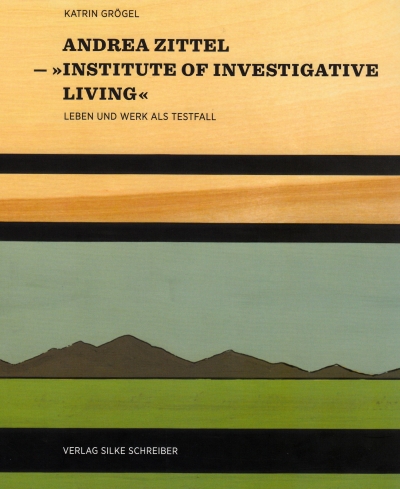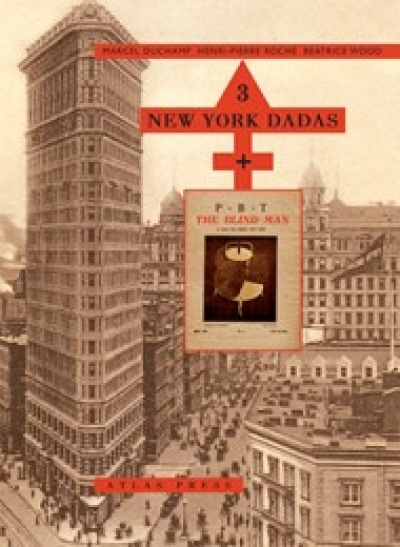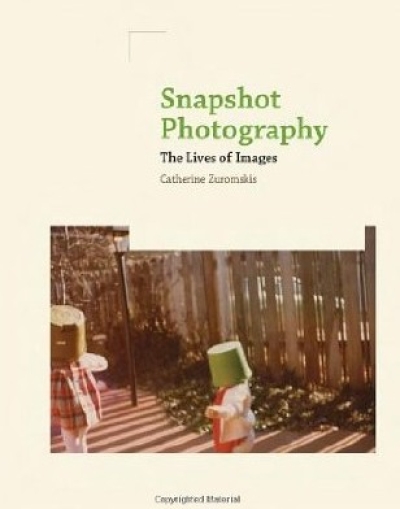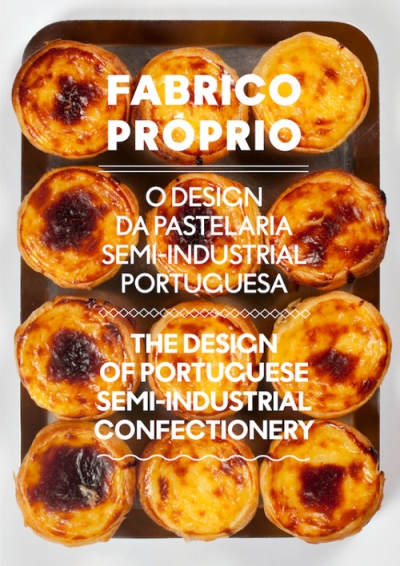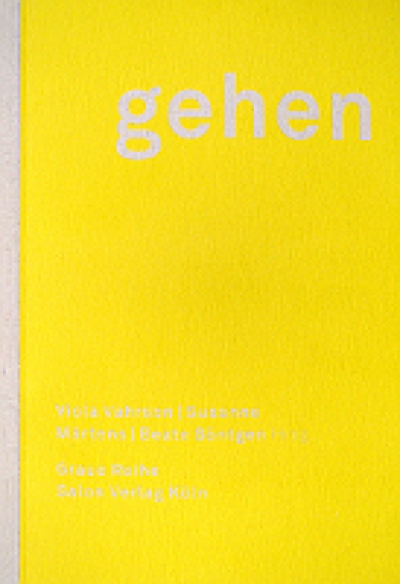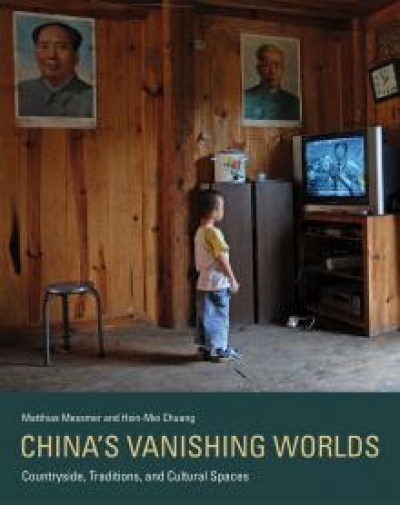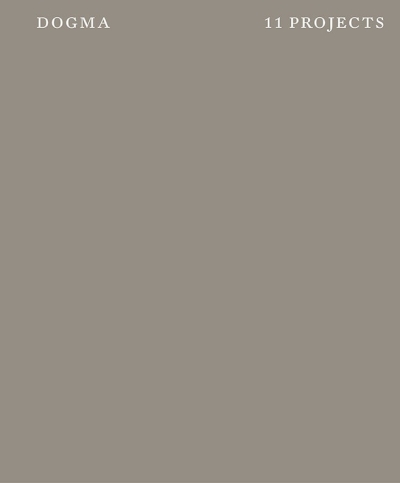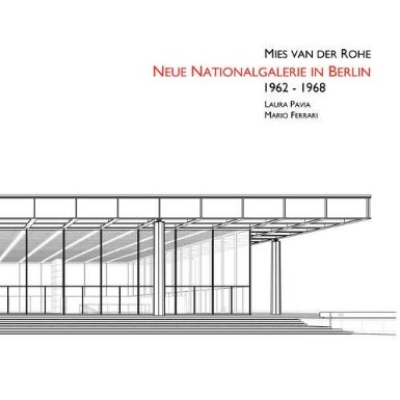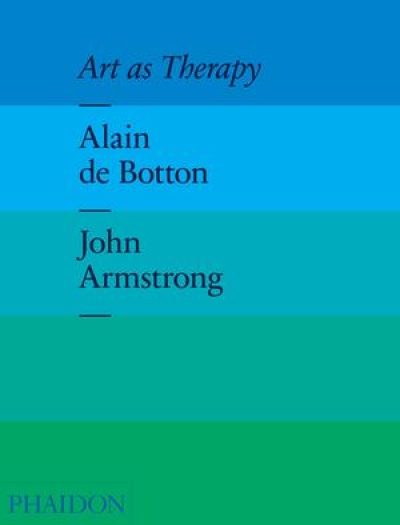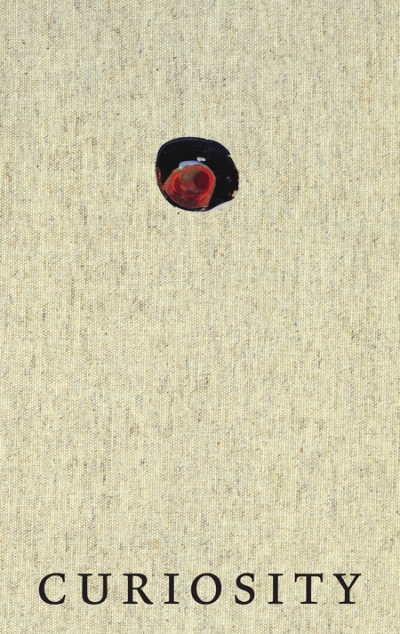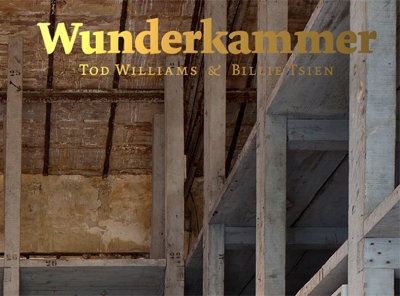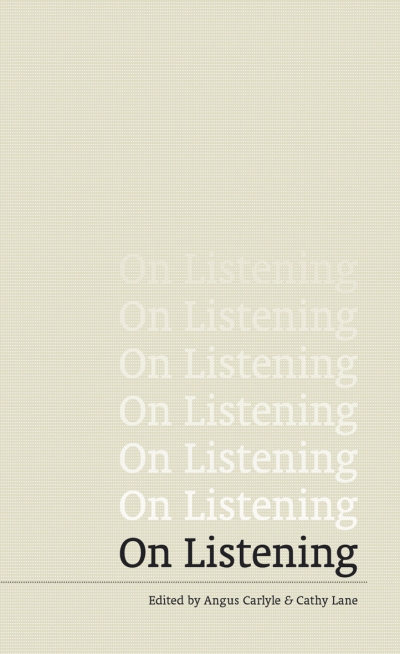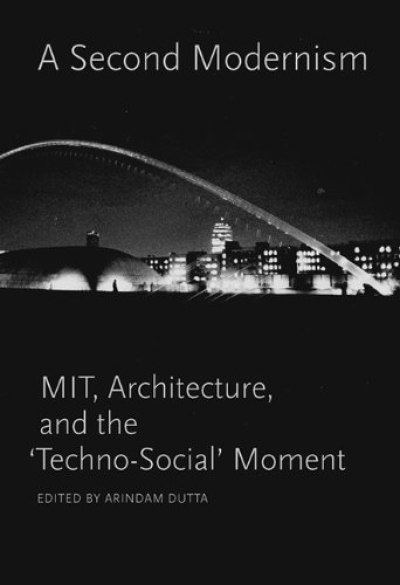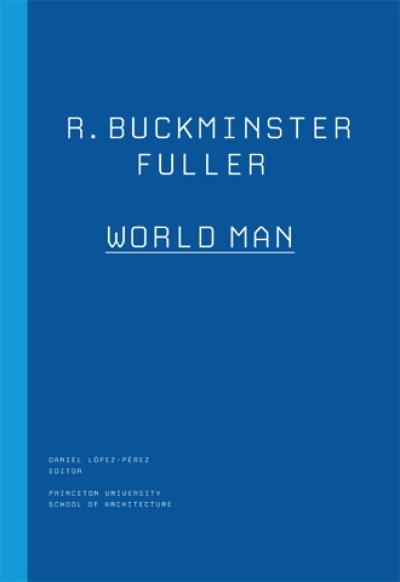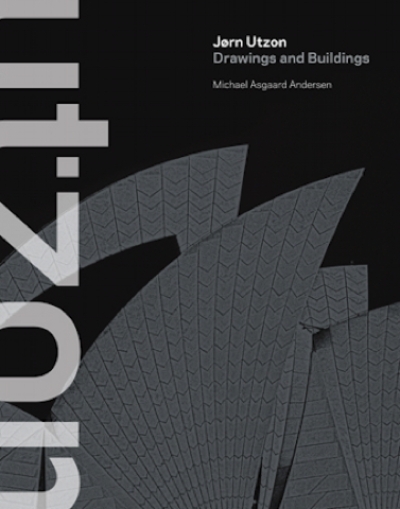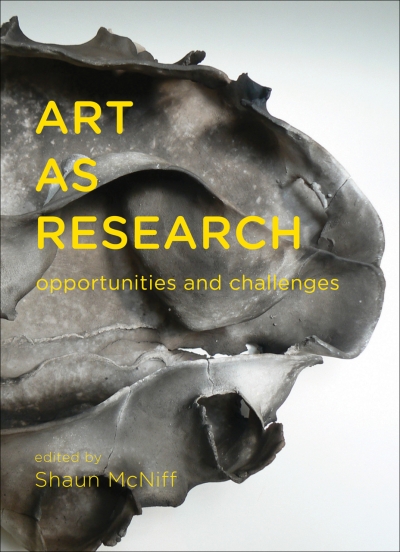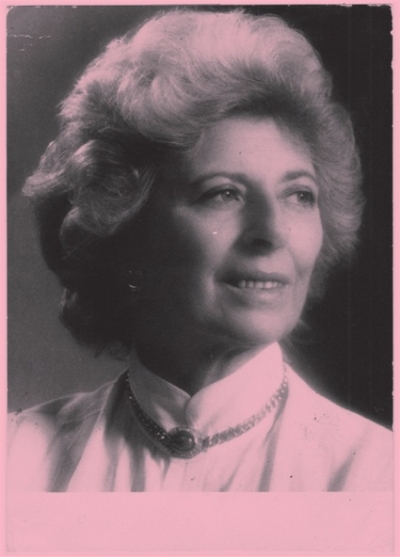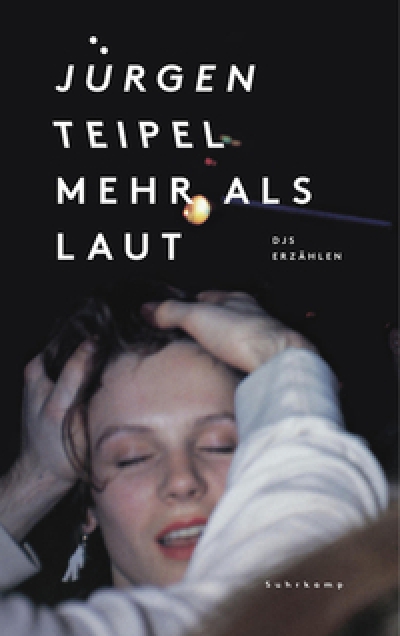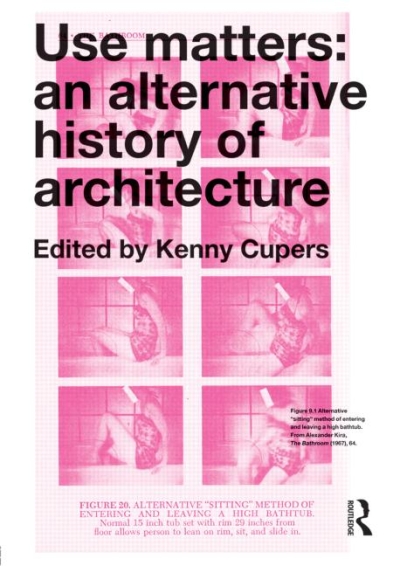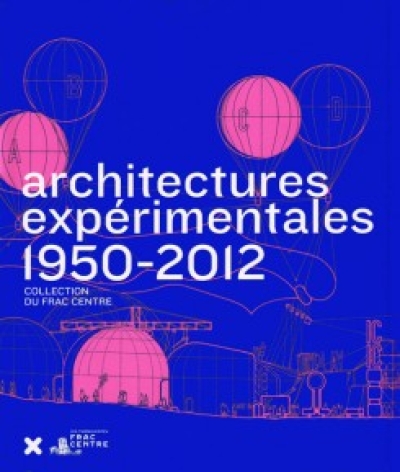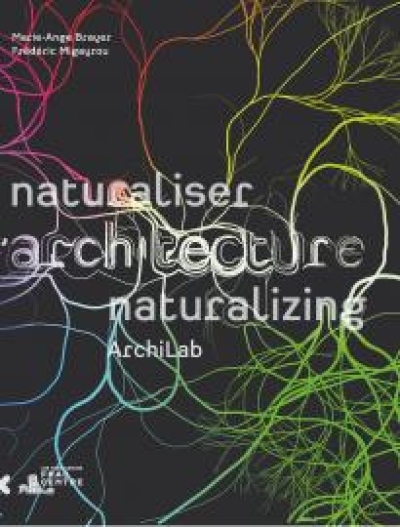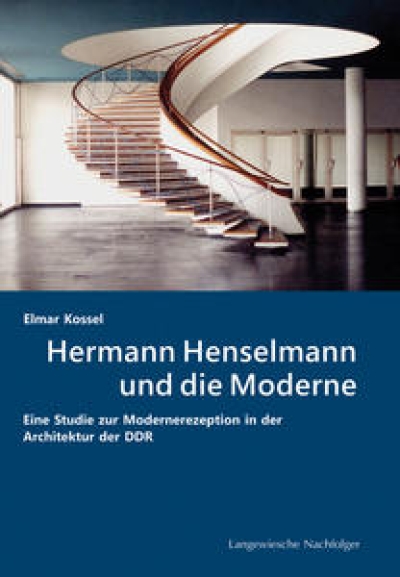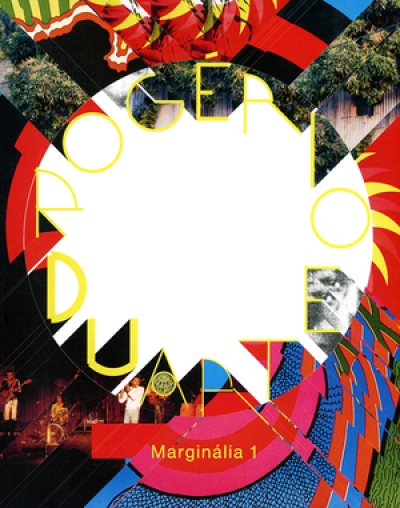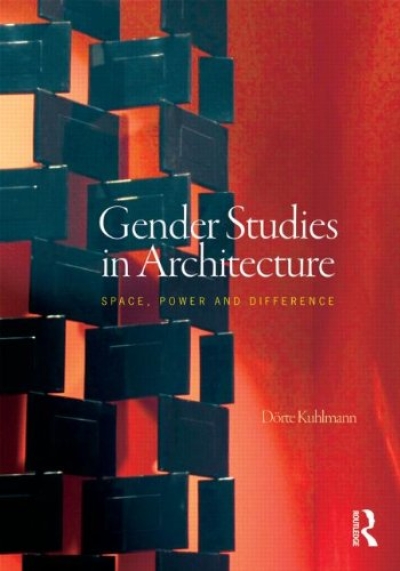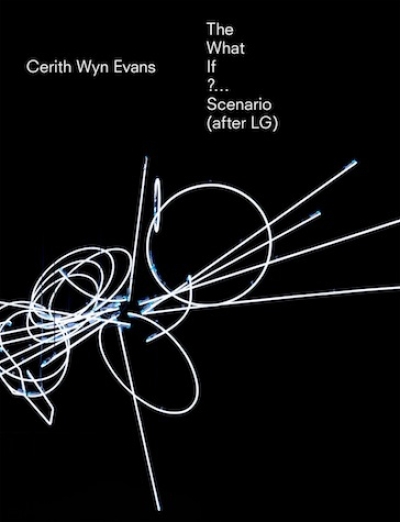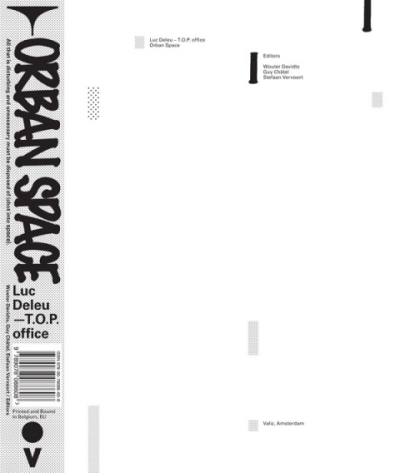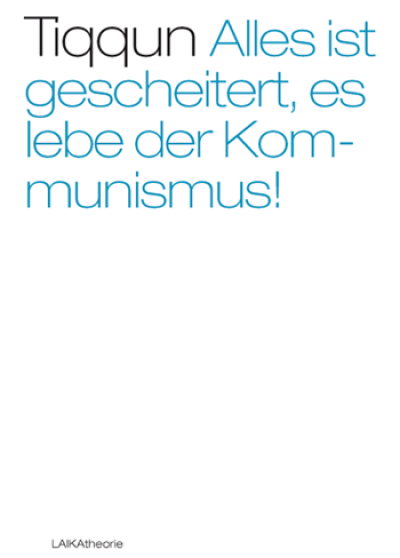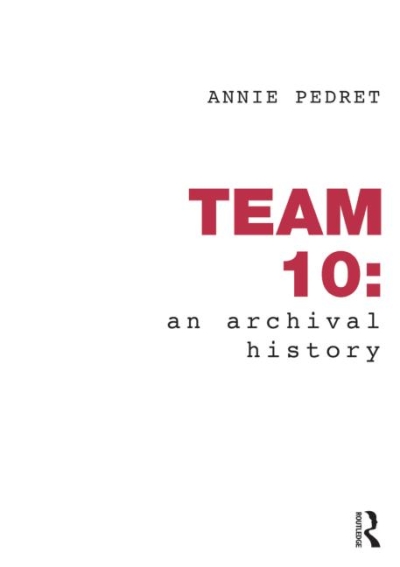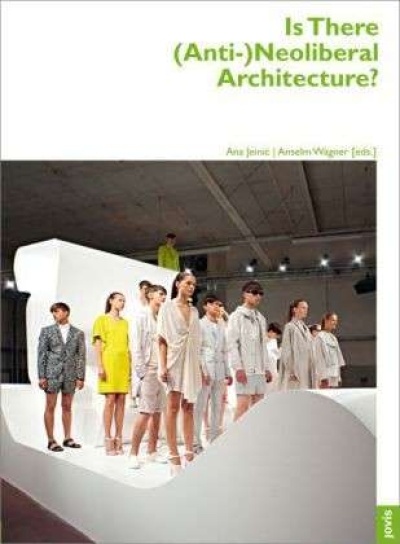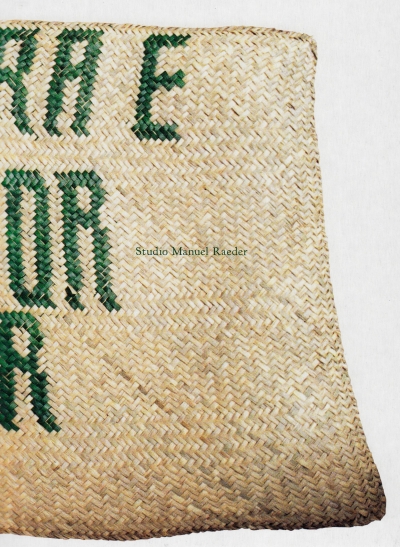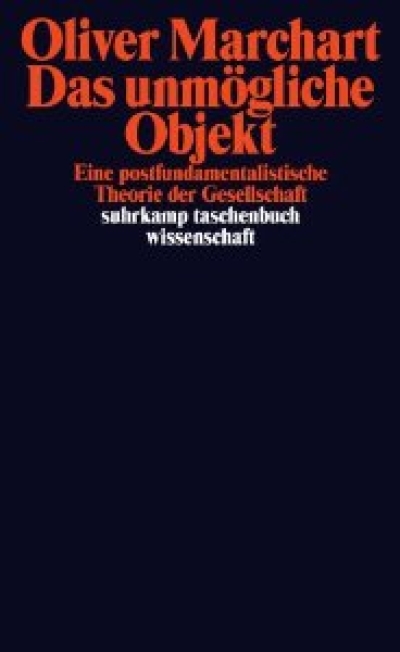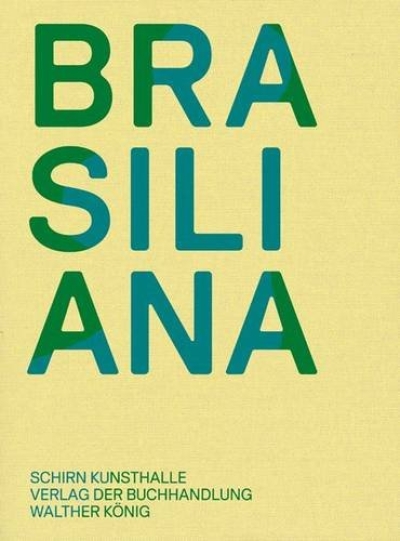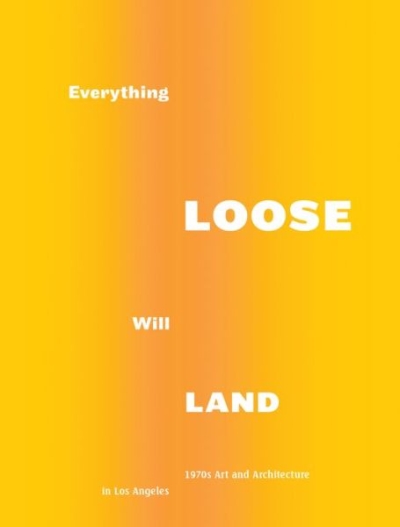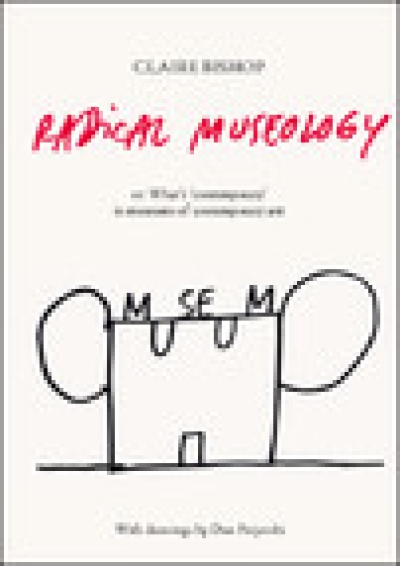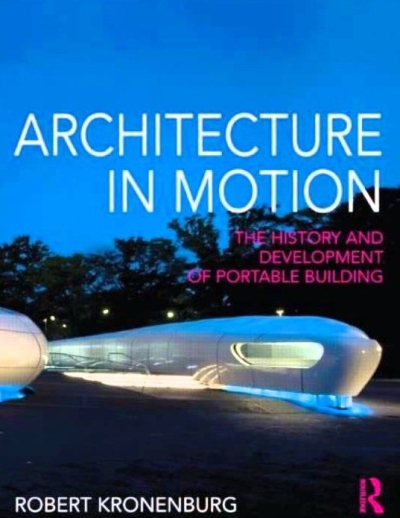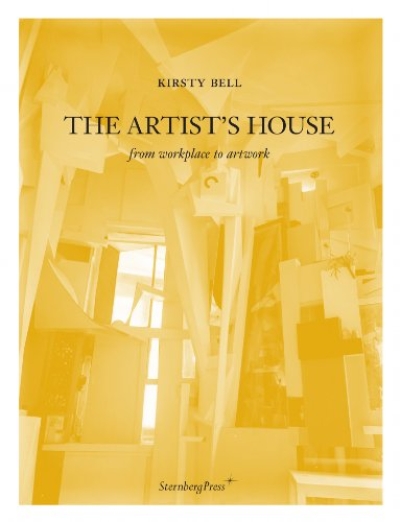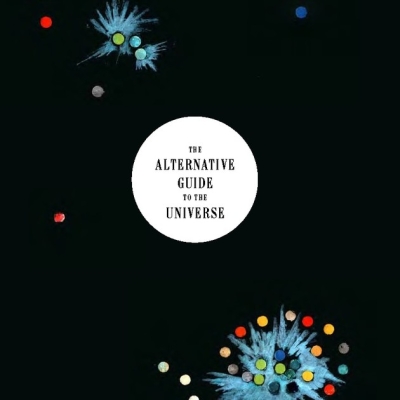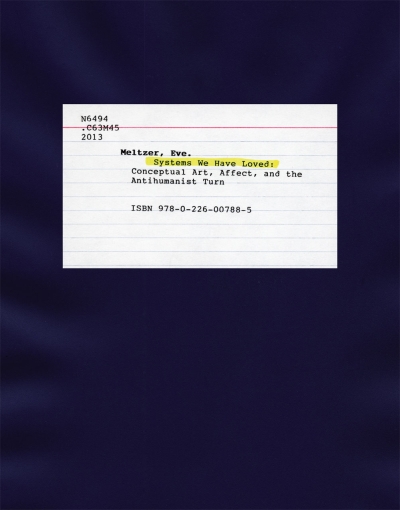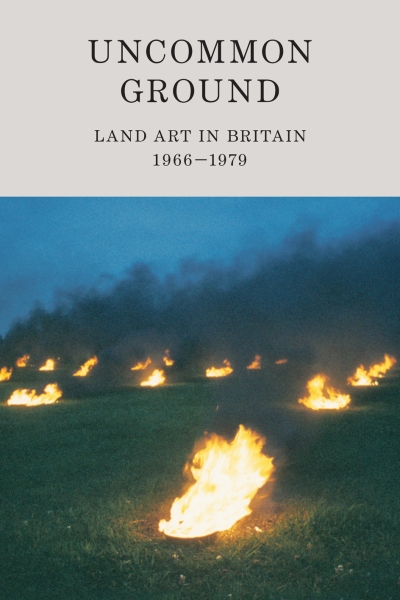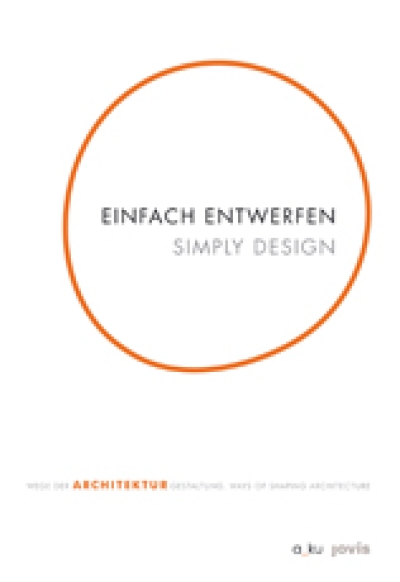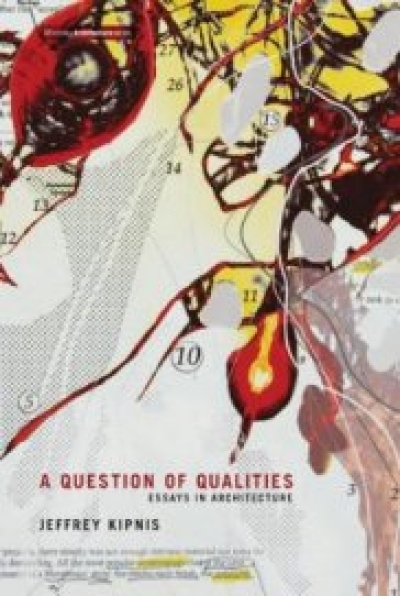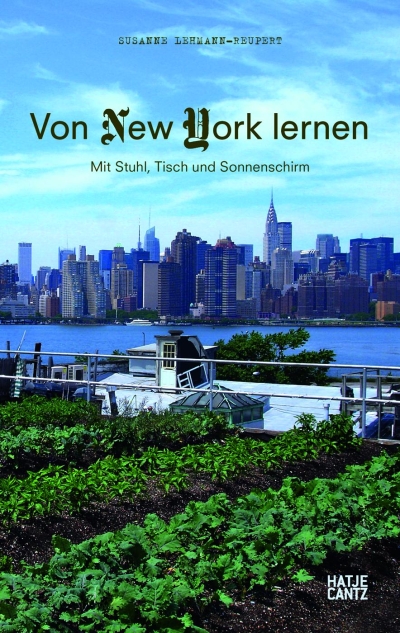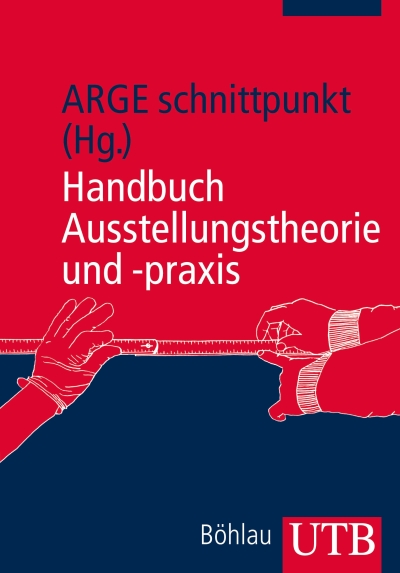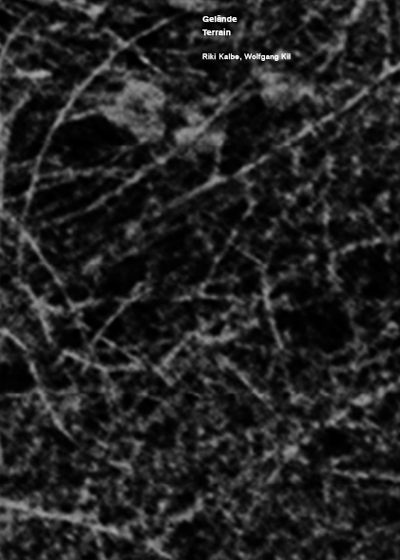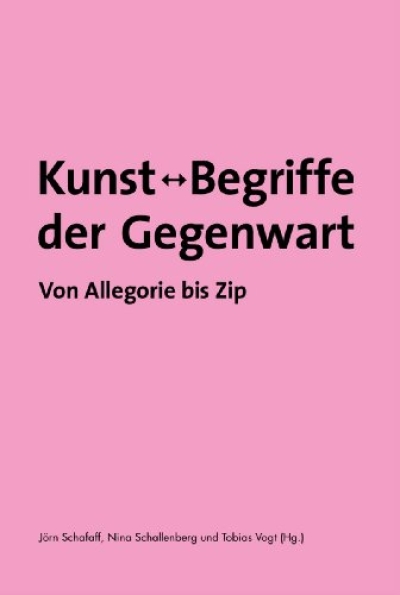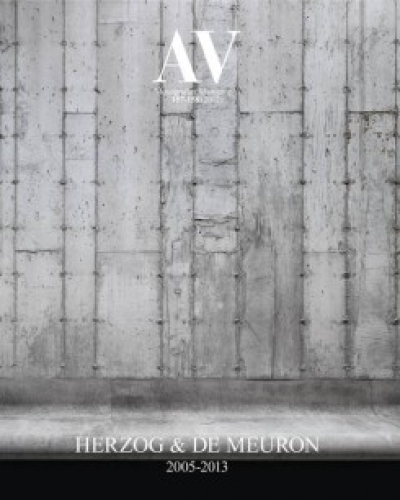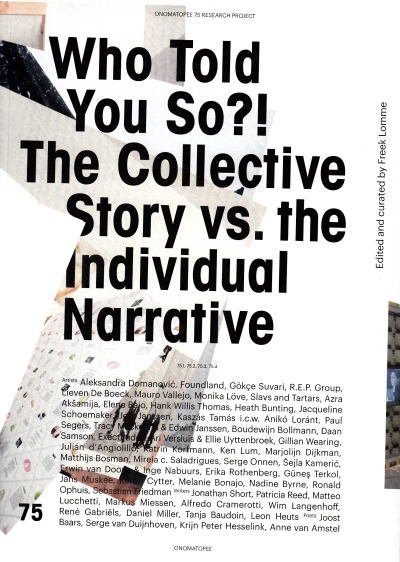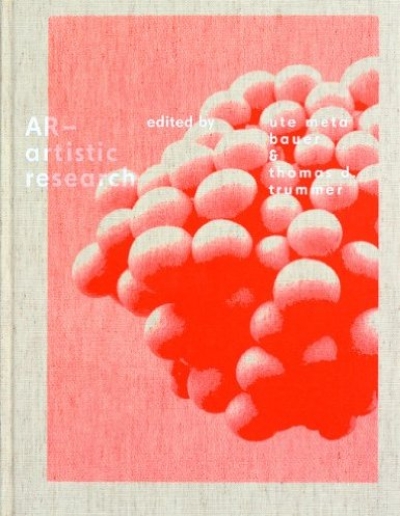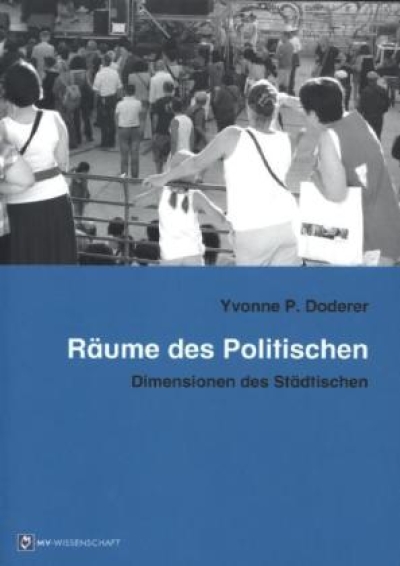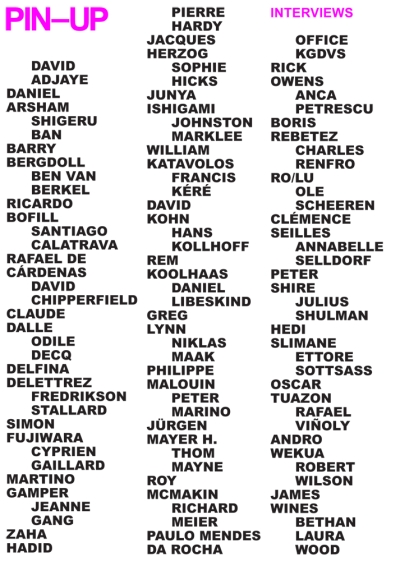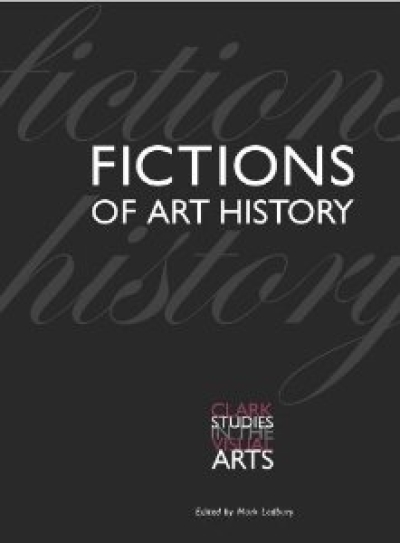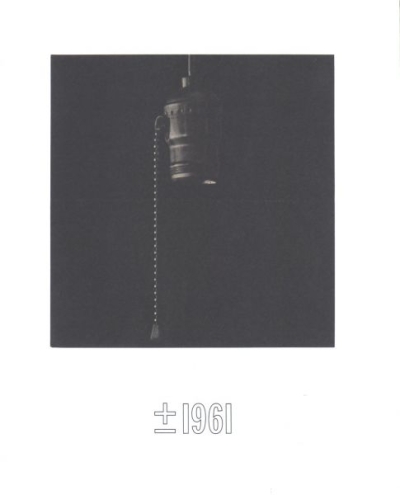
± 1961. Founding the Expanded Arts
± I96I presents the first detailed analysis of the decisive year in the 1960s that led to the invention of the “expansion of the arts”. The exhibition looks at the origins of the change, the experimental activity and the earliest collective actions that pointed to the beginning of an unprecedented expansion of the notion of “composition” and soon generated a multidisciplinary project that took place in real time/simultaneously over the course of that year.
The geographic area covered by the show extends from San Francisco to New York and Darmstadt, Cologne, places in which a new generation of composers, poets, choreographers and artists reinvented their practices based on the radical innovations that had taken place in the sphere of advanced music. One of the central elements of this activity was the musical score, which had been freed of conventional notation and was being forged in graphic and linguistic formats. The fundamental capacity of the score to record time – and to literally contain it–, encouraged a wave of experimental activity that touched all media and redefined the creative act in the various artistic disciplines.
The “Experimental composition” classes given by John Cage at New York City's New School for Social Research, between 1956 and 1960, and the famous “Summer Courses” taught by the most influential composers in Darmstadt, the epicentre of New Music, helped spread the new ideas among musical composition students and circles of young poets. Meanwhile, in California, the choreographer Anna Halprin infused her dance improvisation courses with some similar ideas, adding a “physical” dimension to the artistic trajectories being developed.
± I96I presenta por primera vez un análisis detallado de un año decisivo de la década de los sesenta que condujo a la invención de la 'expansión de las artes'. En la exposición se examinan los orígenes del cambio, la actividad experimental y las primeras actividades colectivas que señalaron el comienzo de una expansión sin precedentes de la noción de 'composición' y generaron un proyecto multidisciplinar que se desarrolló en tiempo real en el transcurso de ese mismo año.El ámbito geográfico que abarca la muestra se extiende desde San Francisco hasta Darmstadt, Colonia y Nueva York, lugares en los que una nueva generación de compositores, poetas, coreógrafos y artistas reinventaron su práctica a raíz de las innovaciones radicales que habían tenido lugar en el ámbito de la música avanzada






